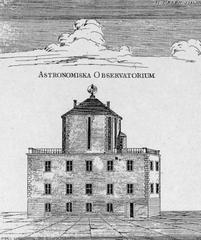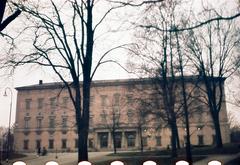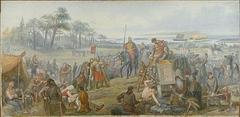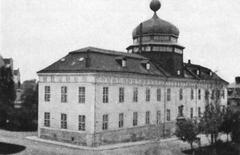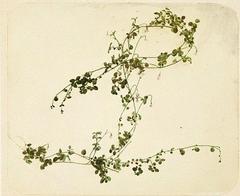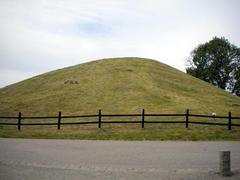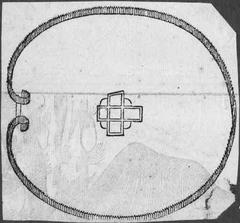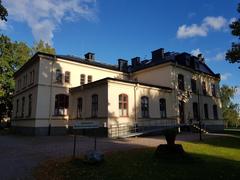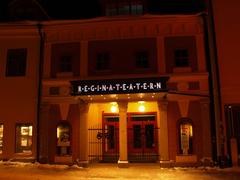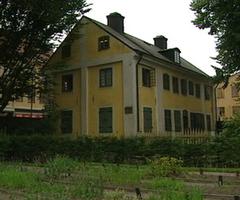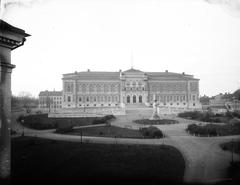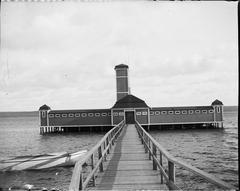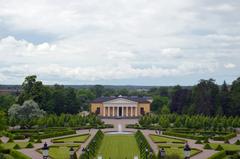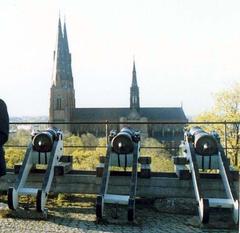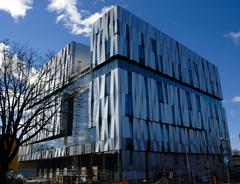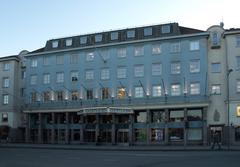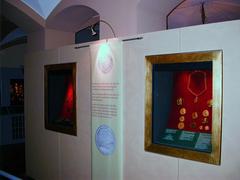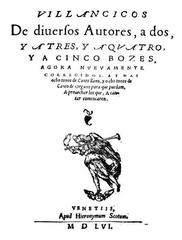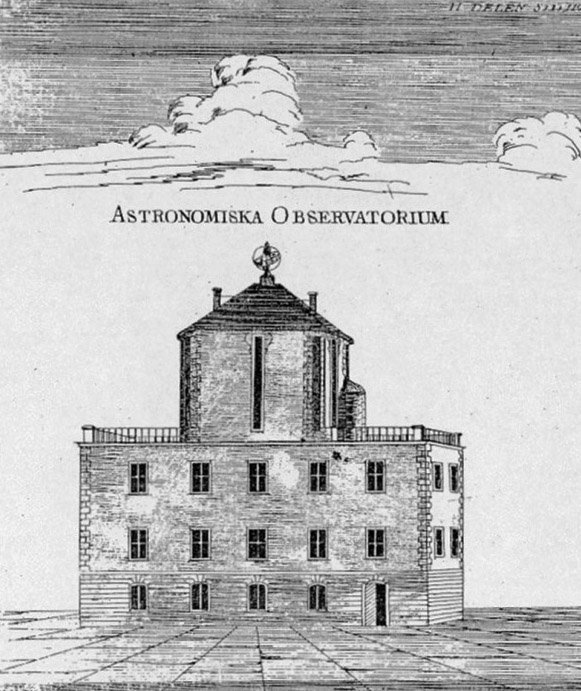
Uppsala Astronomical Observatory: Visiting Hours, Tickets, and Travel Guide
Date: 14/06/2025
Introduction: A Celestial Legacy in Uppsala
Nestled in the academic heart of Uppsala, Sweden, the Uppsala Astronomical Observatory is both a historical monument and a center of contemporary scientific research. Founded in 1741 by the eminent astronomer Anders Celsius, it is Sweden’s oldest observatory and has played a pivotal role in astronomical discoveries and education. Today, it welcomes visitors eager to explore centuries of stargazing, innovation, and scientific achievement.
This guide brings you detailed information on the Observatory’s history, its renowned astronomers, scientific milestones, practical visiting details—including opening hours, tickets, accessibility—and insights into Uppsala’s rich cultural landscape. Whether your interests lie in historic telescopes, public stargazing events, or cutting-edge astrophysics, here’s everything you need to plan a memorable visit.
For the latest schedules, ticketing, and event updates, consult the official resources of the Uppsala University Astronomy Department and the Uppsala Amatörastronomer.
Table of Contents
- Introduction
- Historical Overview: Origins and Expansion
- Notable Astronomers and Their Contributions
- Scientific Achievements and Modern Research
- Visiting the Uppsala Astronomical Observatory
- Frequently Asked Questions (FAQ)
- Conclusion
- References and Official Links
Historical Overview: Origins and Expansion
The Foundation and Early Development
Astronomy in Uppsala dates back to the late 15th century with the establishment of Uppsala University in 1477 (astronomicalheritage.net). However, the dedicated astronomical observatory was realized in 1741 when Anders Celsius, after extensive travels across Europe, secured funding to build Sweden’s first purpose-built observatory. The site quickly became a hub for pioneering research, including the development of the Celsius temperature scale and studies of the aurora borealis (Wikipedia).
19th–20th Century Growth
Responding to the growing needs of astronomical research, the “Old Observatory” was inaugurated in 1853 with advanced refractors and, by the end of the 19th century, marked a leap into photographic astronomy (astro.uu.se). Innovations continued into the 20th century with the addition of wide-field telescopes and international collaborations, leading to the establishment of additional observing stations like Kvistaberg and the Uppsala Southern Station in Australia.
Modern Era and Integration
In 2000, the observatory’s academic activities moved to the Ångström Laboratory, integrating with the Institute of Space Physics to form a leading hub for astronomy and space research within Uppsala University (astronomicalheritage.net).
Notable Astronomers and Their Contributions
- Anders Celsius (1701–1744): Founder and first director, Celsius was instrumental in establishing the observatory and is famed for the Celsius temperature scale and early aurora research.
- Nils Christoffer Dunér (1839–1914): Advanced stellar spectroscopy and modernized the observatory.
- Carl Charlier (1862–1934): Pioneered statistical and galactic astronomy, shaping our understanding of stellar motion.
- Bertil Lindblad (1895–1965): Made significant advances in galactic dynamics, particularly the rotation of the Milky Way.
- Anders Jonas Ångström & Knut Ångström: Pioneers in spectroscopy and solar radiation research, further elevating the observatory’s international stature.
Scientific Achievements and Modern Research
From early measurements of star brightness and the Earth’s magnetic field to participation in contemporary projects like ESA’s JUICE mission, the Uppsala Astronomical Observatory has consistently contributed to global astronomy. Today, its researchers investigate stellar and galactic evolution, exoplanet detection, and develop advanced astronomical instruments (Uppsala University Astronomy Department).
Visiting the Uppsala Astronomical Observatory
Visiting Hours and Ticketing
Historic Observatories (Celsiushuset and Gamla Observatoriet):
- Open primarily for scheduled guided tours and public events, often in the evenings and on weekends, especially during summer months.
- Standard public stargazing events occur every Tuesday evening; check the UAA website for current dates and times.
- Tickets: Most public events are free; some tours may require advance booking and a modest fee. Group tours and school visits should be booked in advance via the official contact page.
Ångström Laboratory:
- Home to the Westerlund Telescope and main research activities.
- Not open for daily public visits; access is through scheduled open nights and special events, which require advance registration (Uppsala University Physics and Astronomy).
Guided Tours and Public Events
- Regular tours provide in-depth narratives on the observatory’s history, architecture, and instruments.
- Public lectures and stargazing nights are held in collaboration with the Uppsala Amatörastronomer, welcoming visitors of all ages.
Accessibility and Visitor Tips
- The Ångström Laboratory is fully accessible.
- Historic observatory buildings may have architectural limitations; contact ahead for accessibility details.
- Dress warmly for nighttime events, especially in winter months.
- English is widely spoken by staff and guides.
- The observatory is family-friendly, with interactive exhibits and nearby playgrounds (scripturesavvy.com).
How to Get There
- Located centrally in Uppsala, the observatory is a short walk or bus ride from the main train station.
- Uppsala is just 35 minutes by train from Stockholm, making it an easy day trip (Visit Sweden).
- Limited parking is available; public transport or cycling is recommended.
Nearby Attractions and Photographic Spots
- Uppsala Cathedral: Sweden’s largest church, open daily with guided tours available (Amber Everywhere).
- Carolina Rediviva Library: Houses the UNESCO-listed Silver Bible.
- Gamla Uppsala: Ancient royal burial mounds and Viking history (Visit Sweden).
- Observatorieparken: Green space ideal for relaxation and sunset photography.
Frequently Asked Questions (FAQ)
Q: What are the visiting hours of the Uppsala Astronomical Observatory?
A: Historic observatories are open for guided tours and public events, mainly in evenings and weekends; check the UAA website for up-to-date hours.
Q: Are tickets required?
A: Most public events are free; some guided tours may have a small fee or require advance booking.
Q: Is the observatory accessible for people with disabilities?
A: The Ångström Laboratory is fully accessible; historic buildings have limited access—contact ahead for details.
Q: Can I join a guided tour or school program?
A: Yes, advance booking is recommended for both group and school visits (Contact Uppsala Observatory).
Q: May I take photographs?
A: Photography is allowed in most public areas; restrictions may apply during telescope sessions or special exhibitions.
Q: How do I get to the observatory?
A: Located in central Uppsala, it’s easily accessible by foot, bike, or public transit.
Conclusion
The Uppsala Astronomical Observatory is a remarkable blend of history and scientific progress. Its legacy, from Anders Celsius to modern astrophysics, offers a unique experience for visitors, whether you’re fascinated by historic instruments, eager to participate in public stargazing, or simply exploring Uppsala’s cultural treasures. Plan your visit by checking current events and ticket requirements, and immerse yourself in Sweden’s storied tradition of celestial discovery.
For the latest schedules, tickets, and event news, visit the Uppsala University Astronomy Department and Uppsala Amatörastronomer. Download the Audiala app for interactive guides and follow official social media for updates.
References and Official Sources
- Uppsala University Astronomy Department
- Uppsala Amatörastronomer
- Astronomical Heritage - Uppsala Astronomical Observatory
- Wikipedia - Uppsala Astronomical Observatory
- Visit Sweden - Uppsala
- Scripturesavvy - Things to Do in Uppsala
- Amber Everywhere - What to See in Uppsala
- Destination Abroad - Is Uppsala Worth Visiting?
- Uppsala Amateur Astronomers - Public Events
